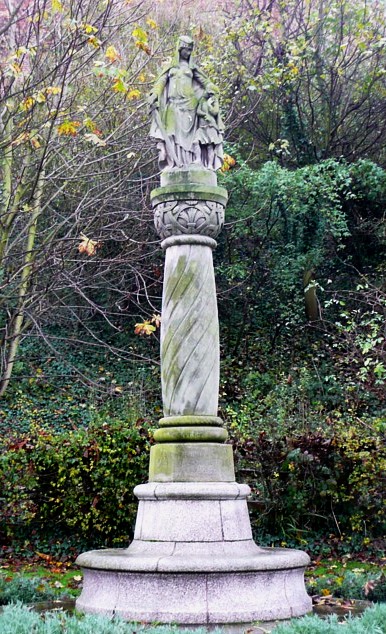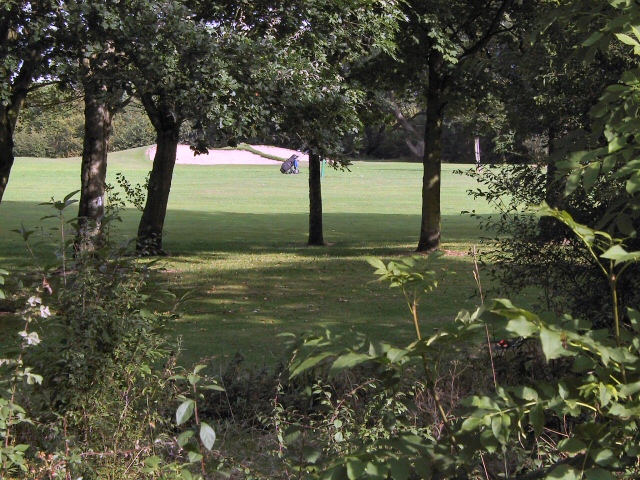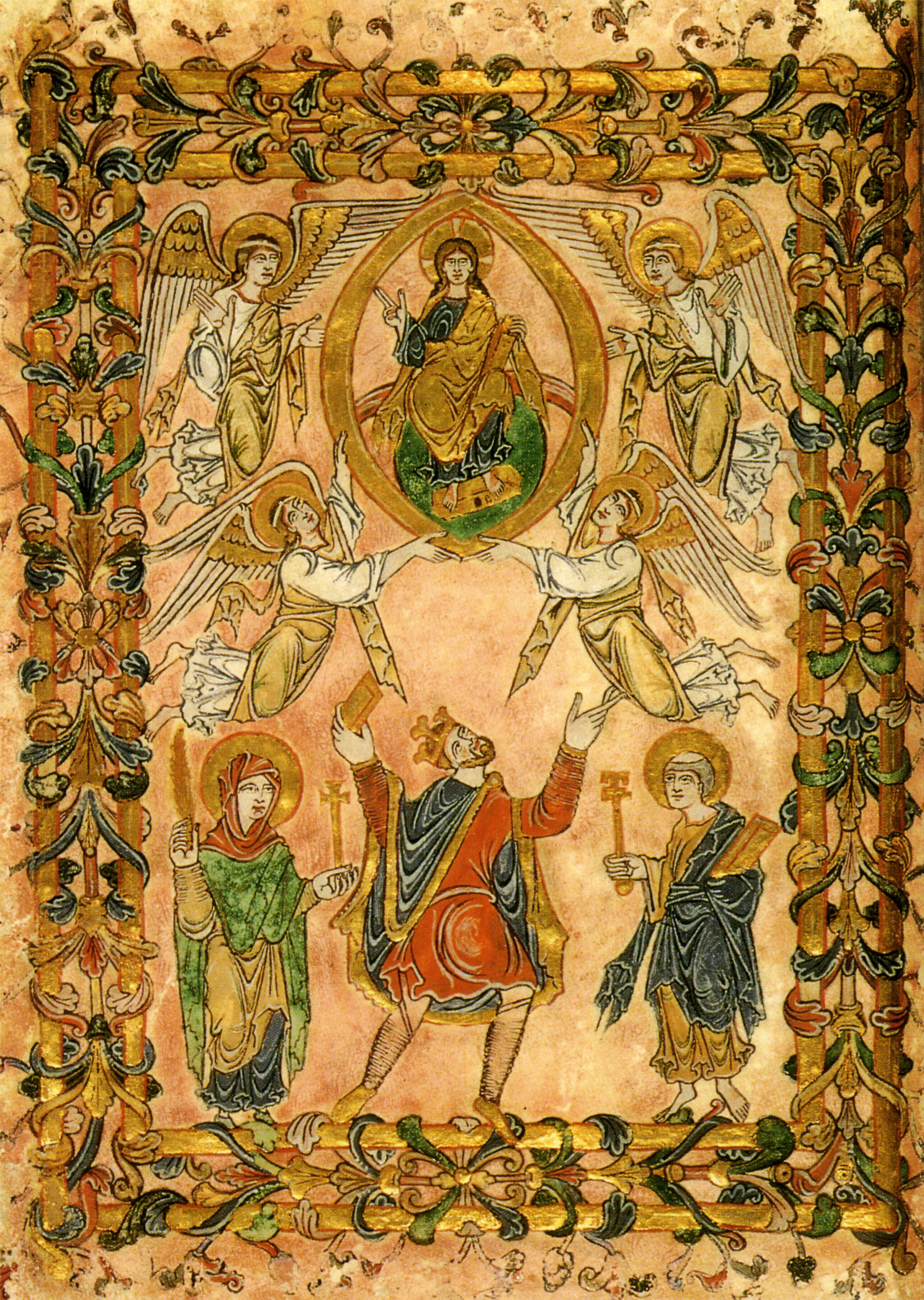|
ΟÜthelstan
ΟÜthelstan or Athelstan (; ang, ΟÜΟΑelstΡ¹n ; on, AΟΑalsteinn; ; βÄ™ 27 October 939) was List of monarchs of Wessex, King of the Anglo-Saxons from 924 to 927 and List of English monarchs, King of the English from 927 to his death in 939. He was the son of King Edward the Elder and his first wife, Ecgwynn. Modern historians regard him as the first King of England and one of the "greatest Anglo-Saxon kings". He never married and had no children; he was succeeded by his half-brother, Edmund I. When Edward died in July 924, ΟÜthelstan was accepted by the Mercians as king. His half-brother ΟÜlfweard of Wessex, ΟÜlfweard may have been recognised as king in Wessex, but died within three weeks of their father's death. ΟÜthelstan encountered resistance in Wessex for several months, and was not crowned until September 925. In 927 he conquered the last remaining Viking kingdom, Scandinavian York, York, making him the first Anglo-Saxon ruler of the whole of England. In 934 he invaded ... [...More Info...] [...Related Items...] OR: [Wikipedia] [Google] [Baidu] |
Edmund I
Edmund I or Eadmund I (920/921 βÄ™ 26 May 946) was King of the English from 27 October 939 until his death in 946. He was the elder son of King Edward the Elder and his third wife, Queen Eadgifu, and a grandson of King Alfred the Great. After Edward died in 924, he was succeeded by his eldest son, Edmund's half-brother ΟÜthelstan. Edmund was crowned after ΟÜthelstan died childless in 939. He had two sons, Eadwig and Edgar, by his first wife ΟÜlfgifu, and none by his second wife ΟÜthelflΟΠd. His sons were young children when he was killed in a brawl with an outlaw at Pucklechurch in Gloucestershire, and he was succeeded by his younger brother Eadred, who died in 955 and was followed by Edmund's sons in succession. ΟÜthelstan had succeeded as the king of England south of the Humber and he became the first king of all England when he conquered Viking-ruled York in 927, but after his death Anlaf Guthfrithson was accepted as king of York and extended Viking rule to the ... [...More Info...] [...Related Items...] OR: [Wikipedia] [Google] [Baidu] |
Battle Of Brunanburh
The Battle of Brunanburh was fought in 937 between ΟÜthelstan, King of England, and an alliance of Olaf Guthfrithson, King of Dublin, Constantine II, King of Scotland, and Owain, King of Strathclyde. The battle is often cited as the point of origin for English nationalism: historians such as Michael Livingston argue that "the men who fought and died on that field forged a political map of the future that remains n modernity arguably making the Battle of Brunanburh one of the most significant battles in the long history not just of England, but of the whole of the British Isles." Following an unchallenged invasion of Scotland by ΟÜthelstan in 934, possibly launched because Constantine had violated a peace treaty, it became apparent that ΟÜthelstan could be defeated only by an alliance of his enemies. Olaf led Constantine and Owen in the alliance. In August 937 Olaf and his army sailed from DublinAnonymous.βÄùAnnals of Clonmacnoise". In The Battle of Brunanburh. A Caseboo ... [...More Info...] [...Related Items...] OR: [Wikipedia] [Google] [Baidu] |
Constantine II Of Scotland
CausantΟ≠n mac Ο¹eda (Scottish Gaelic language, Modern Gaelic: , anglicised Constantine II; born no later than 879; died 952) was an early King of Scotland, known then by the Gaelic name ''Alba''. The Kingdom of Alba, a name which first appears in Constantine's lifetime, was situated in modern-day Scotland. The core of the kingdom was formed by the lands around the River Tay. Its southern limit was the River Forth, northwards it extended towards the Moray Firth and perhaps to Caithness, while its western limits are uncertain. Constantine's grandfather Kenneth I of Scotland (CinΟΓed mac AilpΟ≠n, died 858) was the first of the family recorded as a king, but as king of the Picts. This change of title, from king of the Picts to king of Alba, is part of a broader transformation of Pictland and the origins of the Kingdom of Alba are traced to Constantine's lifetime. His reign, like those of his predecessors, was dominated by the actions of Viking rulers in the British Isles, particu ... [...More Info...] [...Related Items...] OR: [Wikipedia] [Google] [Baidu] |
Edward The Elder
Edward the Elder (17 July 924) was King of the Anglo-Saxons from 899 until his death in 924. He was the elder son of Alfred the Great and his wife Ealhswith. When Edward succeeded to the throne, he had to defeat a challenge from his cousin ΟÜthelwold, who had a strong claim to the throne as the son of Alfred's elder brother and predecessor, ΟÜthelred I. Alfred had succeeded ΟÜthelred as king of Wessex in 871, and almost faced defeat against the Danish Vikings until his decisive victory at the Battle of Edington in 878. After the battle, the Vikings still ruled Northumbria, East Anglia and eastern Mercia, leaving only Wessex and western Mercia under Anglo-Saxon control. In the early 880s ΟÜthelred, Lord of the Mercians, the ruler of western Mercia, accepted Alfred's lordship and married his daughter ΟÜthelflΟΠd, and around 886 Alfred adopted the new title King of the Anglo-Saxons as the ruler of all Anglo-Saxons not subject to Danish rule. Edward inherited the new title w ... [...More Info...] [...Related Items...] OR: [Wikipedia] [Google] [Baidu] |
Ecgwynn
Ecgwynn or Ecgwynna (Old English ''EΡ΄ΡΓwynn'', lit. "sword joy"; ''fl''. 890s), was the first consort of Edward the Elder, later King of the English (reigned 899βÄ™924), by whom she bore the future King ΟÜthelstan (r. 924βÄ™939), and a daughter who married Sihtric CΟΓech, Norse king of Dublin, Ireland, and Northumbria. Extremely little is known about her background and life. Not even her name is given in any sources until after the Norman Conquest. The first to record it is William of Malmesbury, who presents it in Latinised guise as ''Egwinna ''and who is in fact the principal source for her existence.William of Malmesbury, ''Gesta regum'' II ch. 126. Life as consort According to William of Malmesbury, ΟÜthelstan was thirty years old when he became king in 924, which would mean that he was born around 894 and Ecgwynn's marriage to Edward the Elder took place in about 893.William of Malmesbury, ''Gesta regum'' II ch. 133.Yorke, βÄ€Edward as ΟΠtheling.βÄù p. 33. By this time, Edw ... [...More Info...] [...Related Items...] OR: [Wikipedia] [Google] [Baidu] |
ΟÜlfweard Of Wessex
ΟÜlfweard (; c. 902 βÄ™ 2 August 924) was the second son of Edward the Elder, the eldest born to his second wife ΟÜlfflΟΠd. Kingship and death The ''Anglo-Saxon Chronicle'' simply states that ΟÜlfweard died soon after his father's death on 17 July 924 and that they were buried together at Winchester. Manuscript D of the ''Chronicle'' specifies that he outlived his father by only 16 days. No reign is explicitly attributed to him here. However, a list of West-Saxon kings in the 12th-century '' Textus Roffensis'' mentions him as his father's successor, with a reign of four weeks.Yorke, ''Bishop ΟÜthelwold''. p. 71. He is also described as king in the New Minster ''Liber Vitae A confraternity book (german: VerbrΟΦderungsbuch, la, liber confraternitatum or ''confraternitatis''), also called a ''liber memorialis'' (memorial book) or ''liber vitae'' (book of life), is a medieval register of the names of people who had ente ...'', an 11th-century source based in part on earlier mat ... [...More Info...] [...Related Items...] OR: [Wikipedia] [Google] [Baidu] |
King Of The Anglo-Saxons
This list of kings and reigning queens of the Kingdom of England begins with Alfred the Great, who initially ruled Wessex, one of the seven Anglo-Saxon kingdoms which later made up modern England. Alfred styled himself King of the Anglo-Saxons from about 886, and while he was not the first king to claim to rule all of the English, his rule represents the start of the first unbroken line of kings to rule the whole of England, the House of Wessex. Arguments are made for a few different kings thought to have controlled enough Anglo-Saxon kingdoms to be deemed the first king of England. For example, Offa of Mercia and Egbert of Wessex are sometimes described as kings of England by popular writers, but it is no longer the majority view of historians that their wide dominions are part of a process leading to a unified England. Historian Simon Keynes states, for example, that "Offa was driven by a lust for power, not a vision of English unity; and what he left was a reputation, n ... [...More Info...] [...Related Items...] OR: [Wikipedia] [Google] [Baidu] |
King Of The English
This list of kings and reigning queens of the Kingdom of England begins with Alfred the Great, who initially ruled Kingdom of Wessex, Wessex, one of the heptarchy, seven Anglo-Saxon kingdoms which later made up modern England. Alfred styled himself King of the Anglo-Saxons from about 886, and while he was not the first king to claim to rule all of the English people, English, his rule represents the start of the first unbroken line of kings to rule the whole of England, the House of Wessex. Arguments are made for a few different kings thought to have controlled enough Anglo-Saxon kingdoms to be deemed the first king of England. For example, Offa of Mercia and Egbert of Wessex are sometimes described as kings of England by popular writers, but it is no longer the majority view of historians that their wide dominions are part of a process leading to a unified England. Historian Simon Keynes states, for example, that "Offa was driven by a lust for power, not a vision of English ... [...More Info...] [...Related Items...] OR: [Wikipedia] [Google] [Baidu] |
List Of English Monarchs
This list of kings and reigning queens of the Kingdom of England begins with Alfred the Great, who initially ruled Kingdom of Wessex, Wessex, one of the heptarchy, seven Anglo-Saxon kingdoms which later made up modern England. Alfred styled himself King of the Anglo-Saxons from about 886, and while he was not the first king to claim to rule all of the English people, English, his rule represents the start of the first unbroken line of kings to rule the whole of England, the House of Wessex. Arguments are made for a few different kings thought to have controlled enough Anglo-Saxon kingdoms to be deemed the first king of England. For example, Offa of Mercia and Egbert of Wessex are sometimes described as kings of England by popular writers, but it is no longer the majority view of historians that their wide dominions are part of a process leading to a unified England. Historian Simon Keynes states, for example, that "Offa was driven by a lust for power, not a vision of English ... [...More Info...] [...Related Items...] OR: [Wikipedia] [Google] [Baidu] |
Alfred The Great
Alfred the Great (alt. ΟÜlfred 848/849 βÄ™ 26 October 899) was King of the West Saxons from 871 to 886, and King of the Anglo-Saxons from 886 until his death in 899. He was the youngest son of King ΟÜthelwulf and his first wife Osburh, who both died when Alfred was young. Three of Alfred's brothers, ΟÜthelbald, ΟÜthelberht and ΟÜthelred, reigned in turn before him. Under Alfred's rule, considerable administrative and military reforms were introduced, prompting lasting change in England. After ascending the throne, Alfred spent several years fighting Viking invasions. He won a decisive victory in the Battle of Edington in 878 and made an agreement with the Vikings, dividing England between Anglo-Saxon territory and the Viking-ruled Danelaw, composed of northern England, the north-east Midlands and East Anglia. Alfred also oversaw the conversion of Viking leader Guthrum to Christianity. He defended his kingdom against the Viking attempt at conquest, becoming the dominan ... [...More Info...] [...Related Items...] OR: [Wikipedia] [Google] [Baidu] |
English Benedictine Reform
The English Benedictine Reform or Monastic Reform of the English church in the late tenth century was a religious and intellectual movement in the later Anglo-Saxon period. In the mid-tenth century almost all monasteries were staffed by secular clergy, who were often married. The reformers sought to replace them with celibate contemplative monks following the Rule of Saint Benedict. The movement was inspired by Continental monastic reforms, and the leading figures were Dunstan, Archbishop of Canterbury, ΟÜthelwold, Bishop of Winchester, and Oswald, Archbishop of York. In seventh- and eighth-century England, most monasteries were Benedictine, but in the ninth century learning and monasticism declined severely. Alfred the Great (871βÄ™899) deplored the decline and started to reverse it. The court of ΟÜthelstan (924βÄ™939), the first king of the whole of England, was cosmopolitan, and future reformers such as Dunstan and ΟÜthelwold learned from Continental exponents of Benedicti ... [...More Info...] [...Related Items...] OR: [Wikipedia] [Google] [Baidu] |
Northumbria
la, Regnum Northanhymbrorum , conventional_long_name = Kingdom of Northumbria , common_name = Northumbria , status = State , status_text = Unified Anglian kingdom (before 876)North: Anglian kingdom (after 876)South: Danish kingdom (876βÄ™914)South: Norwegian kingdom (after 914) , life_span = 654βÄ™954 , flag_type = Oswald's Stripes, the provincial flag of Northumbria and red was previously purple , image_coat = , image_map = Map_of_the_Kingdom_of_Northumbria_around_700_AD.svg , image_map_size = 250 , image_map_caption = Northumbria around 700 AD , image_map2 = , image_map2_size = , image_map2_caption = , government_type = Monarchy , year_start = 653 , year_end = 954 , event_end = South is annexed by Kingdom of England , event1 = South is annexed by the Danelaw , date_eve ... [...More Info...] [...Related Items...] OR: [Wikipedia] [Google] [Baidu] |



_-_BL_Stowe_MS_944%2C_f_30v.jpg)


